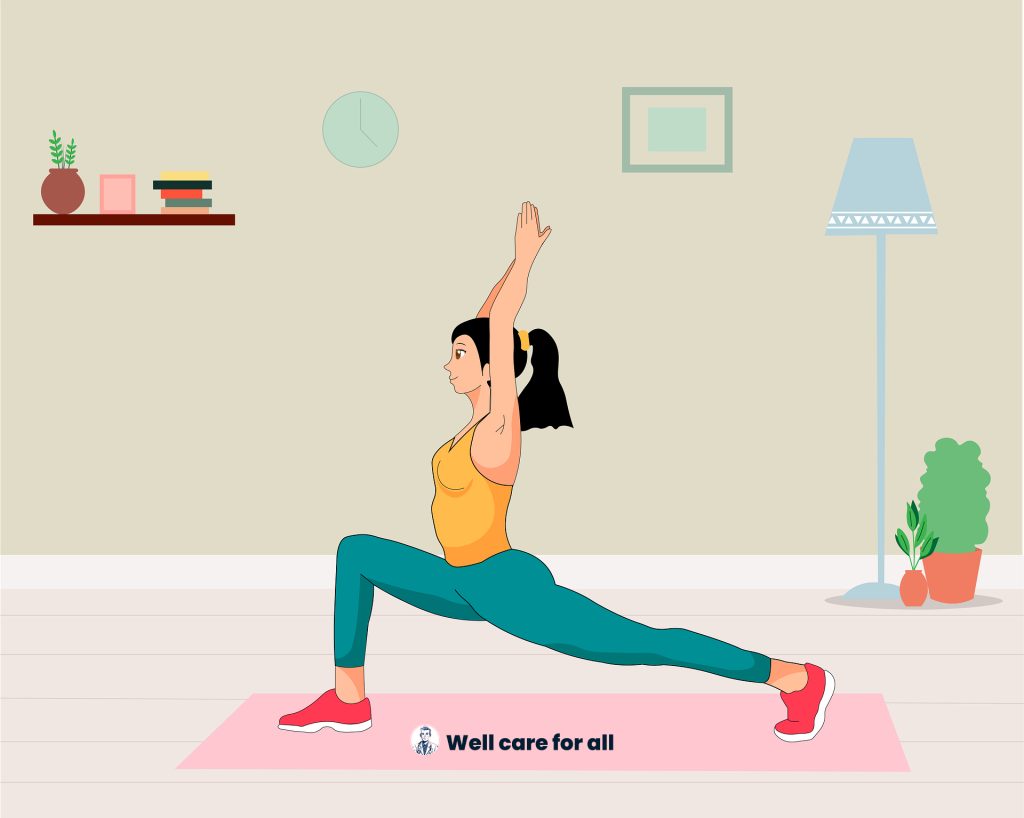
The second trimester of pregnancy is often called the “honeymoon phase.” Morning sickness begins to ease, energy levels rise, and many women feel more like themselves again. It’s also the perfect time to focus on safe and effective exercise during this period. Movement can be a powerful tool for supporting physical health, enhancing mental well-being, and preparing the body for childbirth. This article explores the benefits of second-trimester exercise, explores the best workouts for expectant mothers, and addresses safety tips and common concerns. Whether you’re a seasoned fitness lover or just beginning your wellness journey, this guide will keep you informed, inspired, and safe.
Why Exercise Matters in the Second Trimester
Physical activity during pregnancy can benefit both mom and baby. In the second trimester, the body undergoes rapid changes, and movement helps the body adapt to those shifts with strength and grace.
Key Benefits of Exercising in the Second Trimester:
- Improved circulation: Reduces swelling and the risk of varicose veins.
- Stronger muscles: Supports the growing belly and eases back pain.
- Better posture: As the baby bump grows, balance and posture become essential.
- Mood boost: Exercise releases endorphins, helping fight anxiety and depression.
- Easier labor and recovery: Staying active prepares your body for delivery and postpartum recovery.
Staying active is not about pushing limits but moving with purpose, care, and confidence.
Safe Exercise Guidelines for Pregnant Women
Before starting or continuing any fitness routine, consult your healthcare provider. If you’ve been cleared for activity, these general guidelines will help ensure your workouts are both safe and effective.
Second Trimester Exercise Safety Tips:
- Stay hydrated: Drink water before, during, and after your workout.
- Avoid overheating: Choose cool environments and wear breathable clothing.
- Focus on stability: Avoid exercises requiring complex balance as your center of gravity shifts.
- Listen to your body: Stop if you feel dizzy, short of breath, or experience pain or contractions.
- Don’t lie on your back: This position may restrict blood flow after the first trimester.
Best Exercises for the Second Trimester of Pregnancy
The second trimester’s sweet spot makes it easier to commit to a routine. Here are some pregnancy-safe exercises that are gentle, effective, and enjoyable.
Walking: A Low-Impact Wonder
Walking is one of the most accessible and beneficial forms of exercise during pregnancy. It strengthens the heart, boosts circulation, and helps maintain a healthy weight.
Tips: Choose flat, shaded paths and wear supportive shoes to reduce joint strain.
Prenatal Yoga: Stretch, Strengthen, and Breathe
Prenatal yoga offers the perfect blend of stretching, strengthening, and relaxation. It improves flexibility, posture, and mental focus, preparing you for labor and motherhood.
Tips: Avoid poses that involve deep backbends, inversions, or lying flat on your back. Always attend a class led by a certified prenatal instructor.
Swimming and Water Aerobics: Buoyant and Belly-Friendly
Water supports your body weight, reducing joint stress while providing resistance for muscle tone. Swimming and aqua classes are particularly beneficial for easing back pain and swelling.
Tips: Stick to strokes that keep the spine neutral—breaststroke is a great option.
Light Strength Training: Build Resilience
Strengthening your muscles can reduce pregnancy discomfort and help you carry your baby more comfortably.
Tips: Use light weights or resistance bands. Focus on form, avoid heavy lifting, and exhale during effort.
Pelvic Floor Exercises: Small Moves, Big Impact
Strengthening your pelvic floor during pregnancy can prevent incontinence, support your uterus, and aid in postpartum recovery.
Tips: Perform Kegels daily—contract the pelvic muscles for 5-10 seconds, then relax. Repeat 10-15 times.
Exercises to Avoid in the Second Trimester
While staying active is beneficial, some movements can pose risks.
Avoid:
- Contact sports (soccer, basketball)
- High-impact or jarring activities (jumping, running on uneven surfaces)
- Exercises with risk of falling (horseback riding, skiing)
- Hot yoga or hot Pilates
- Heavy abdominal work (sit-ups, crunches)
Always prioritize safety and comfort over performance.
How Often Should You Exercise During Pregnancy?
The American College of Obstetricians and Gynecologists recommends 150 minutes of moderate-intensity weekly aerobic activity for healthy pregnant women. That breaks down to 30 minutes a day, five days a week.
If you’re new to exercise, start slow with 10-15 minute sessions and build gradually.
Common Concerns About Exercising During Pregnancy
Many expectant mothers wonder whether it’s working out while carrying a baby is genuinely safe. Let’s address some of the most common worries.
“Can exercise hurt my baby?”
Exercise does not harm the baby if you follow safety guidelines and avoid overexertion. It can promote healthier birth weights and lower the risk of gestational diabetes.
“What if I’ve never exercised before?”
It’s never too late to start. Stick to gentle, low-impact exercises like walking, swimming, or prenatal yoga, and avoid pushing beyond your limits.
“Will I feel too tired?”
Exercising can boost energy levels in the long run. If you’re exhausted, use shorter sessions or gentle stretching to stay consistent.
FAQs About Exercise in the second trimester of pregnancy
Q: Is it safe to start exercising in the second trimester if I didn’t do so in the first?
A: Yes. Many women feel their best during the second trimester. Start slow with low-impact activities and consult your doctor before beginning.
Q: What heart rate should I maintain while exercising?
A: Rather than focusing strictly on heart rate, aim for moderate intensity—you should be able to talk, but not sing, during the workout.
Q: Can exercise help with second-trimester symptoms like back pain?
A: Absolutely. Strengthening your core and back muscles, improving posture, and stretching regularly can significantly reduce discomfort.
Q: Is it okay to continue lifting weights during pregnancy?
A: Yes, with precautions. Use light weights, controlled movements, and proper form. Avoid holding your breath or lifting heavy.
Q: What signs mean I should stop exercising and call my doctor?
A: Stop immediately if you experience:
- Vaginal bleeding
- Dizziness or fainting
- Shortness of breath before exertion
- Chest pain
- Calf pain or swelling
- Decreased fetal movement
- Regular painful contractions
Conclusion
Exercise in the second trimester of pregnancy isn’t just about staying fit—it’s about empowering your body and mind for motherhood. Whether walking in the park, flowing through yoga poses, or swimming laps, each movement brings you closer to a healthier pregnancy and a stronger you.
Remember: this is not a time to push limits but to embrace gentle strength. Stay consistent, stay kind to your body, and enjoy the glow of moving with purpose and care.



